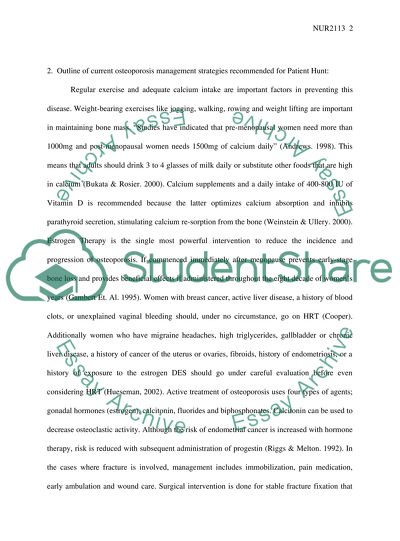Cite this document
(“What is Osteoporosis Essay Example | Topics and Well Written Essays - 1750 words”, n.d.)
Retrieved from https://studentshare.org/miscellaneous/1520167-what-is-osteoporosis
Retrieved from https://studentshare.org/miscellaneous/1520167-what-is-osteoporosis
(What Is Osteoporosis Essay Example | Topics and Well Written Essays - 1750 Words)
https://studentshare.org/miscellaneous/1520167-what-is-osteoporosis.
https://studentshare.org/miscellaneous/1520167-what-is-osteoporosis.
“What Is Osteoporosis Essay Example | Topics and Well Written Essays - 1750 Words”, n.d. https://studentshare.org/miscellaneous/1520167-what-is-osteoporosis.


